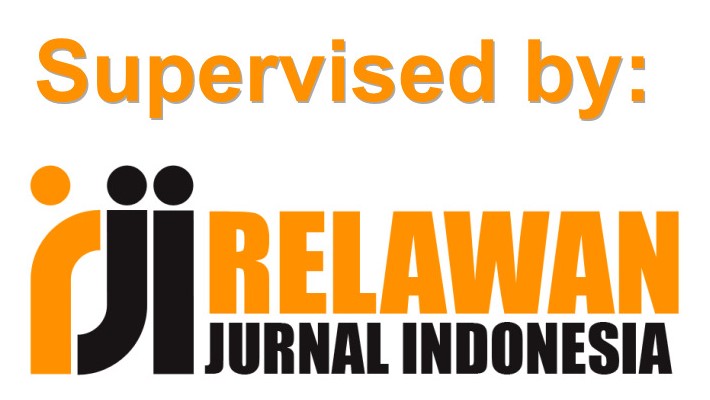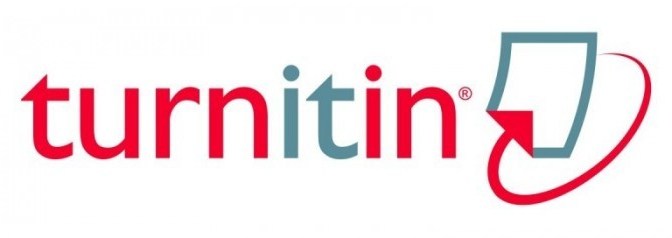Peningkatan Status Gizi Pada Balita dengan Pemberian Madu
DOI:
https://doi.org/10.31100/matappa.v3i2.681Keywords:
Status Gizi, Balita, Madu.Abstract
References
Abdulla, C. O., Ayubi, A., Zulfiquer, F., Santhanam, G., Ahmed, M. A. S., & Deeb, J. (2012). Infant botulism following honey ingestion. BMJ Case Reports. https://doi.org/10.1136/bcr.11.2011.5153
Abeshu, M. A., & Geleta, B. (2016). Medicinal uses of honey. Biology and Medicine. https://doi.org/10.4172/0974-8369.1000276
Ajibola, A., Chamunorwa, J. P., & Erlwanger, K. H. (2012). Nutraceutical values of natural honey and its contribution to human health and wealth. In Nutrition and Metabolism. https://doi.org/10.1186/1743-7075-9-61
Aureli, P., Franciosa, G., & Fenicia, L. (2002). Infant botulism and honey in Europe: A commentary. In Pediatric Infectious Disease
Journal. https://doi.org/10.1097/00006454-200209000-00016
BAPPENAS & UNICEF, K. P. P. N. (Bappenas) dan U. N. C. F. (2017). Laporan Baseline SDG tentang Anak-Anak di Indonesia.
Kementerian Kesehatan Badan Penelitian dan Pengembangan Kesehatan 1. (2018). HASIL UTAMA RISKESDAS 2018 Kementerian. Kementrian Kesehatan Republik Indonesia. https://doi.org/1 Desember 2013
Natural Honey Board. (2020). About Honey. https://www.honey.com/about-honey
Nugraeny, I. (2016). Pengaruh Pemberian Madu Terhadap Status Gizi Balita Di Desa Tobing Jae Kecamatan Huristak Kabupaten Padang Lawas Tahun 2015. Jurnal Maternal Dan Neonatal., 1(1), 25–34.
Pasupuleti, V. R., Sammugam, L., Ramesh, N., & Gan, S. H. (2017). Honey, Propolis, and Royal Jelly: A Comprehensive Review of Their Biological Actions and Health Benefits. In Oxidative Medicine and Cellular Longevity. https://doi.org/10.1155/2017/1259510
Supariasa, I. D. N. (2012). Penilaian Status Gizi. ECG.
UNICEF. (2019). The State of the World’s Children 2019. Children, Food and nutrition: Growing well in a changing world. ERIC.
Widowati, R., Camin, Y. R., Suryono, A. N., Azkawati, E., Lusiana, D. I. G., Kusmaryeni, S., & Sinaga, E. (2019). Kualitasdan Aktivitas Antibakteri Madu Apis Dorsata Yang Berkoloni Pada Tiga Pohon Berbeda Di Kalimantan Utara. JFIOnline | Print ISSN 1412-1107 | e-ISSN 2355-696X. https://doi.org/10.35617/jfi.v10i1.580
Downloads
Published
Issue
Section
Citation Check
License
Jurnal ini memberikan akses terbuka langsung dengan prinsip bahwa membuat penelitian tersedia secara bebas untuk publik mendukung pertukaran pengetahuan global yang lebih besar.
Semua artikel yang diterbitkan dapat di Akses secara Terbuka atau Gratis untuk semua orang baik untuk dibaca maupun diunduh di bawah lisensi CC-BY.
Ppenulis mempertahankan kepemilikan hak cipta untuk artikel mereka, tetapi penulis memberikan izin kepada orang lain untuk menggunakan konten publikasi di Matappa secara keseluruhan atau sebagian asalkan karya aslinya dikutip dengan benar.
Hak cipta mencakup hak eksklusif untuk mereproduksi dan menyampaikan artikel dalam semua bentuk dan media, termasuk cetak ulang, foto, mikrofilm dan reproduksi serupa lainnya, serta terjemahan. Reproduksi bagian manapun dari jurnal ini, penyimpanannya dalam basis data dan transmisi dengan bentuk atau media apa pun, seperti elektronik, salinan elektrostatik dan mekanik, fotokopi, rekaman, media magnetik.

MATAPPA is licensed under a Creative Commons Attribution 4.0 International License.









